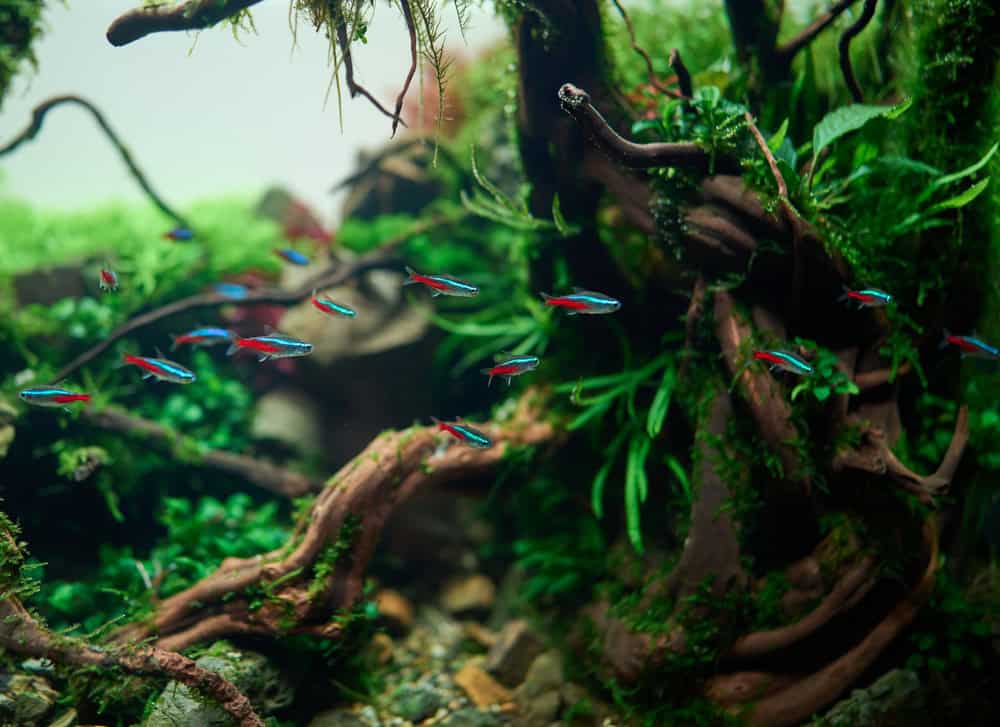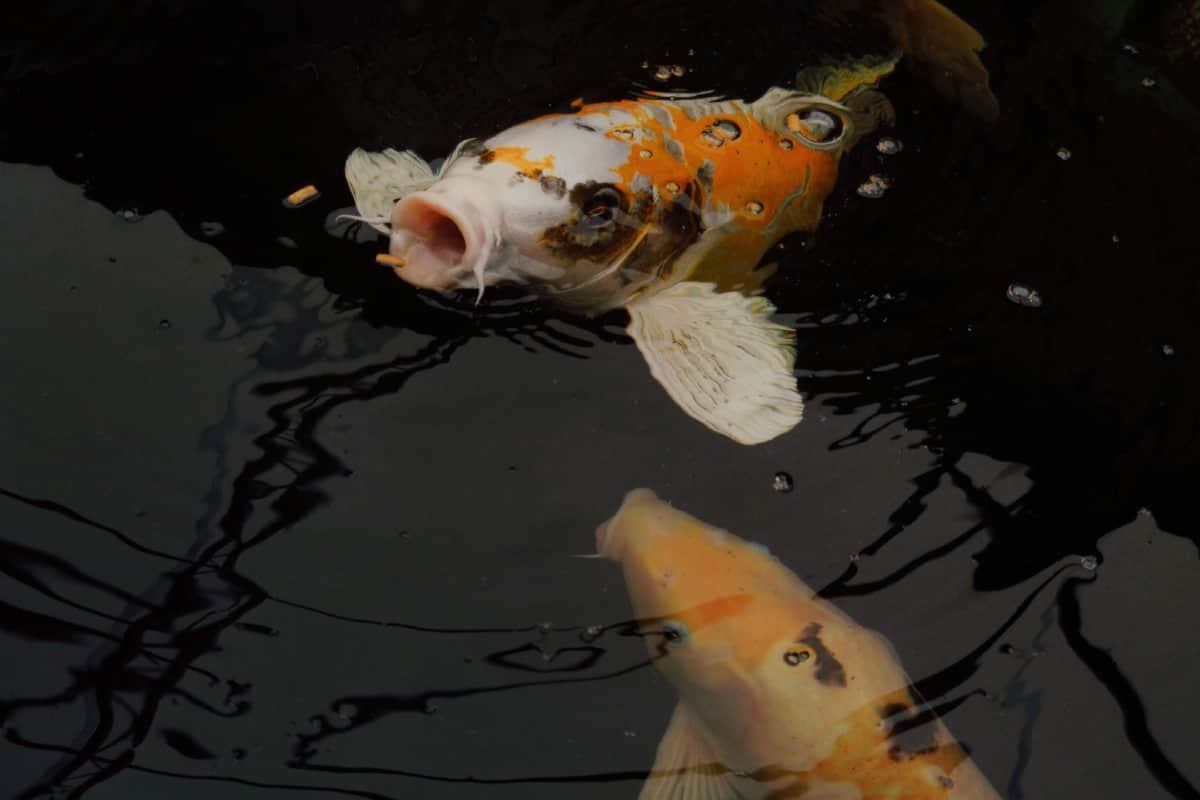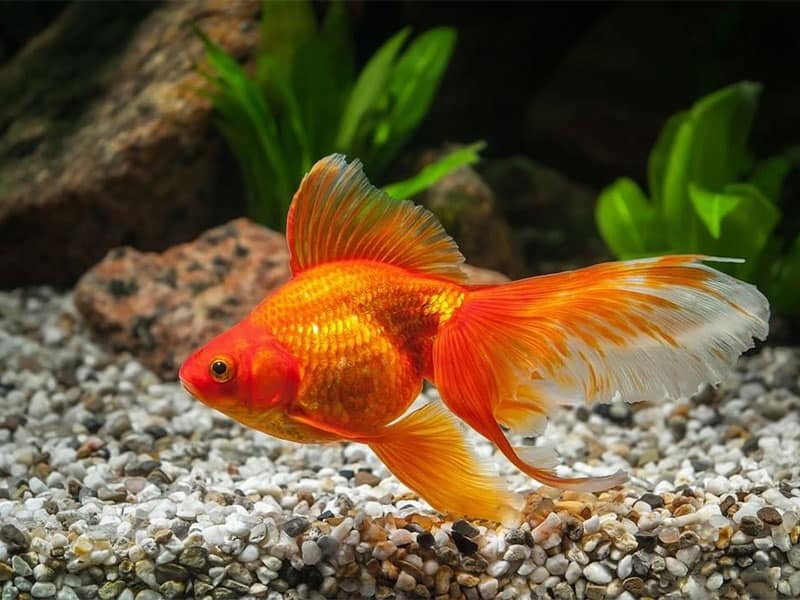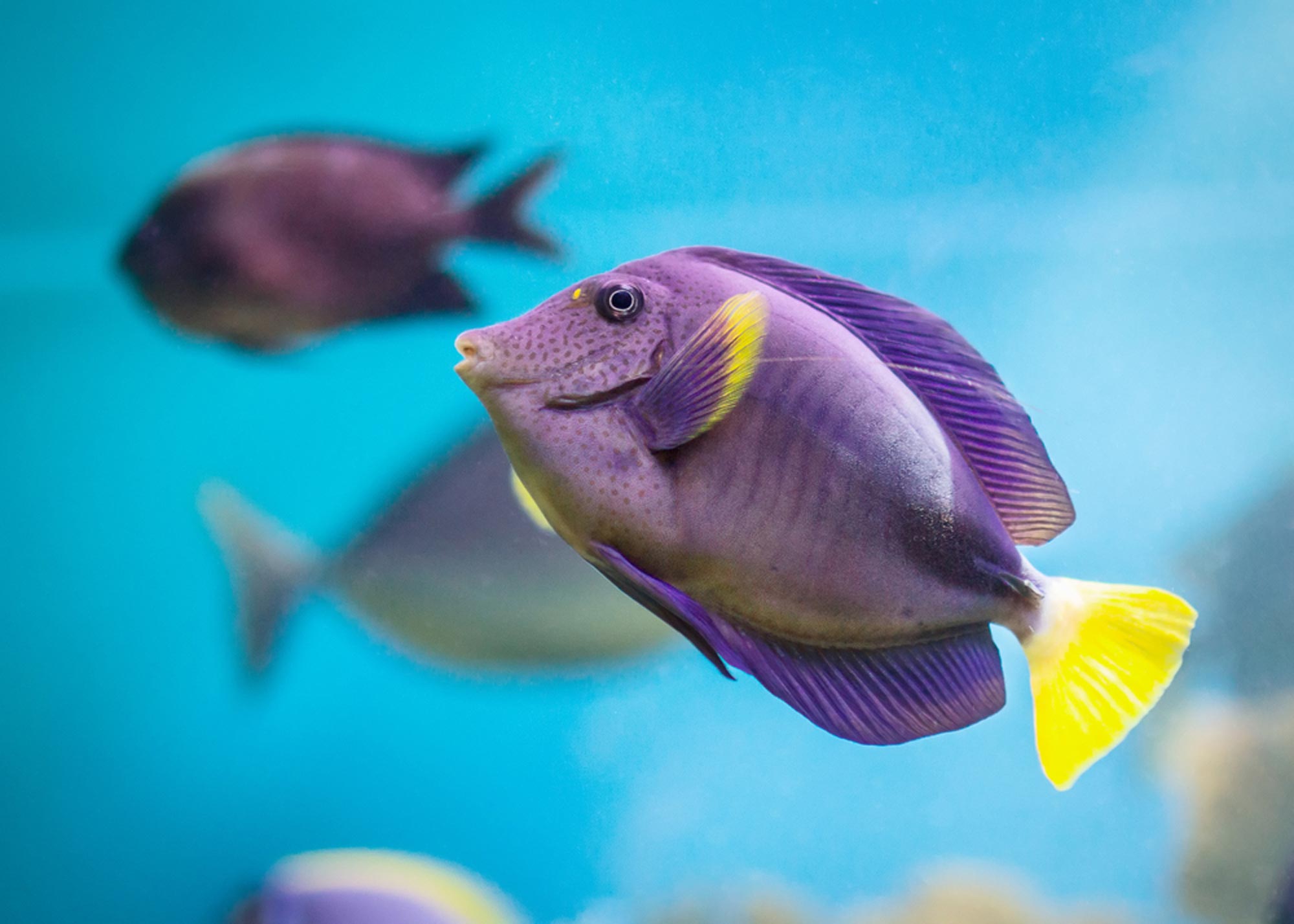![]()
In the captivating world of aquariums, fish are not only mesmerizing creatures to behold but also fascinating subjects to study and care for. As responsible aquarium owners, we strive to provide our aquatic companions with the best possible environment, including proper nutrition. However, understanding how long fish can go without food is crucial for ensuring their well-being, especially during periods of fasting or when unexpected situations arise.
1. Introduction: Understanding the Role of Food in Fish Survival
Food plays an essential role in the survival and well-being of fish, providing them with the energy and nutrients they need to perform vital bodily functions, maintain growth, and reproduce. Different fish species have varying dietary needs, depending on their feeding habits, metabolism, and environmental factors. Understanding these diverse nutritional requirements is essential for providing a balanced and appropriate diet for our aquatic pets.
Fish fasting, the practice of withholding food from fish for a period of time, is a common practice in aquaculture and aquariums. While it may seem counterintuitive, fasting can offer several benefits for fish health, including:
-
Reducing Digestive Stress: Fasting can give the fish’s digestive system a break, allowing it to rest and repair itself.
-
Promoting Weight Management: In some cases, fasting can help fish lose excess weight, which can be beneficial for overall health and disease prevention.
-
Enhancing Immune Function: Studies have shown that fasting can boost the immune system of fish, making them more resistant to infections and diseases.

2. Factors Affecting How Long Fish Can Go Without Food
The duration a fish can survive without food depends on a multitude of factors, including:
-
Fish Species and Metabolism: Different fish species have varying metabolic rates, which influence their energy expenditure and food requirements. Fish with slower metabolisms, such as goldfish, can generally withstand longer fasting periods compared to those with higher metabolisms, such as tropical fish.
-
Water Temperature: Water temperature plays a significant role in fish metabolism. Warmer water increases the metabolic rate, requiring more frequent feeding. Conversely, cooler water slows down metabolism, allowing fish to survive longer without food.
-
Body Fat Reserves: Fish store energy in the form of body fat, which serves as a reserve during periods of food scarcity. Fish with higher body fat reserves can typically endure longer fasting periods compared to those with lower reserves.
3. General Guidelines for Fish Fasting
While fish fasting can offer certain benefits, it’s crucial to approach it with caution and follow proper guidelines to ensure the health and well-being of your fish:
-
Healthy Fish as a Starting Point: Only consider fasting for healthy fish. Sick, stressed, or pregnant fish may not be able to withstand the rigors of fasting and could experience adverse health effects.
-
Gradual Acclimation: When transitioning fish to a fasting regimen, gradually reduce their food intake over time. This allows their bodies to adjust to the reduced calorie intake and minimize stress.
-
Monitoring Fish Behavior and Health: During a fast, closely observe the fish’s behavior and overall health. Signs of distress, such as lethargy, loss of appetite, or erratic swimming, may indicate the need to resume feeding.
4. Common Fasting Durations for Different Fish Species
The maximum fasting duration for different fish species varies depending on their unique characteristics and environmental factors:
-
Goldfish: Goldfish are renowned for their ability to withstand extended fasting periods. They can typically survive without food for 2-4 weeks, or even longer, depending on water temperature and body fat reserves.
-
Tropical Fish: Tropical fish, such as guppies and neon tetras, generally have faster metabolisms and may not tolerate prolonged fasting as well as goldfish. A 1-2 week fast is often considered the maximum for these species.
-
Large Fish: Large fish, such as koi and cichlids, typically have slower metabolisms and can survive longer without food. Fasting periods of 4-6 weeks may be possible for these fish, but careful monitoring is essential.

5. Considerations for Fasting in Aquariums
When implementing a fasting regimen in an aquarium, it’s important to consider the following:
-
Maintaining Water Quality: During a fast, maintaining water quality is crucial. Perform regular water changes and use appropriate filtration systems to prevent the buildup of waste products that could harm the fish.
-
Providing Oxygenation: Ensure adequate oxygenation in the aquarium, especially during a fast, as fish may become more active when searching for food.
-
Monitoring Water Parameters: Regularly monitor water parameters, such as ammonia, nitrite, and nitrate levels, to ensure they remain within safe ranges.
6. Alternative Feeding Methods During Fasting
While complete food withholding is common, alternative feeding methods can be considered during a fast to provide some nutrients and maintain digestive health:
-
Vegetable Matter: Offer vegetable matter, such as blanched zucchini or spinach, as a source of fiber and nutrients during a fast. These vegetables can provide some roughage and help stimulate the digestive system without overloading it with calories.
-
Live Food: For some fish species, particularly insectivores, live food, such as brine shrimp or daphnia, can be offered sparingly during a fast. Live food provides a natural and stimulating feeding experience while offering minimal nutritional value.

7. Signs of Distress During Fish Fasting
It’s crucial to recognize signs that your fish may be struggling with a fast and require immediate intervention:
-
Lethargy or Loss of Appetite: If a fish becomes lethargic or loses its appetite during a fast, it may be an indication of distress. This could be due to insufficient energy reserves or a sign of underlying health issues.
-
Erratic Swimming or Loss of Balance: Erratic swimming or loss of balance could suggest that the fish is struggling to cope with the fasting and experiencing weakness. This warrants immediate attention and a potential resumption of feeding.
-
Physical Deterioration: Noticeable physical deterioration, such as a sunken belly or loss of muscle mass, indicates that the fish is not tolerating the fasting well and needs to be fed. Prioritize the fish’s health and resume feeding to prevent further complications.
8. When to Resume Feeding After a Fast
Once the fasting period is complete, it’s important to gradually reintroduce food to avoid shocking the fish’s digestive system:
-
Reintroduce Food Gradually: Start with small amounts of food, ideally the same type they were receiving before the fast. Over several days, gradually increase the quantity of food back to their normal feeding schedule.
-
Observe Feeding Behavior: Monitor the fish’s feeding behavior closely. If they eat voraciously, it may indicate they were overly hungry and the fast should be shortened in the future. Conversely, a lack of interest in food could suggest digestive issues requiring further investigation.
-
Adjust Fasting Duration: Based on the fish’s reaction to the fast, adjust the fasting duration for future instances. Consider the specific fish species, their health status, and environmental factors when determining the appropriate fasting period.

9. Conclusion: Responsible Fish Fasting and Aquatic Care
Fish fasting can be a valuable tool in aquarium management when approached responsibly and with careful consideration. By understanding the factors affecting fish during fasting, implementing proper protocols, and monitoring their health closely, you can ensure that this practice contributes to the overall well-being of your aquatic companions. Remember, a healthy and thriving fish community starts with providing them with the right care, including a balanced diet and responsible fasting practices when necessary.